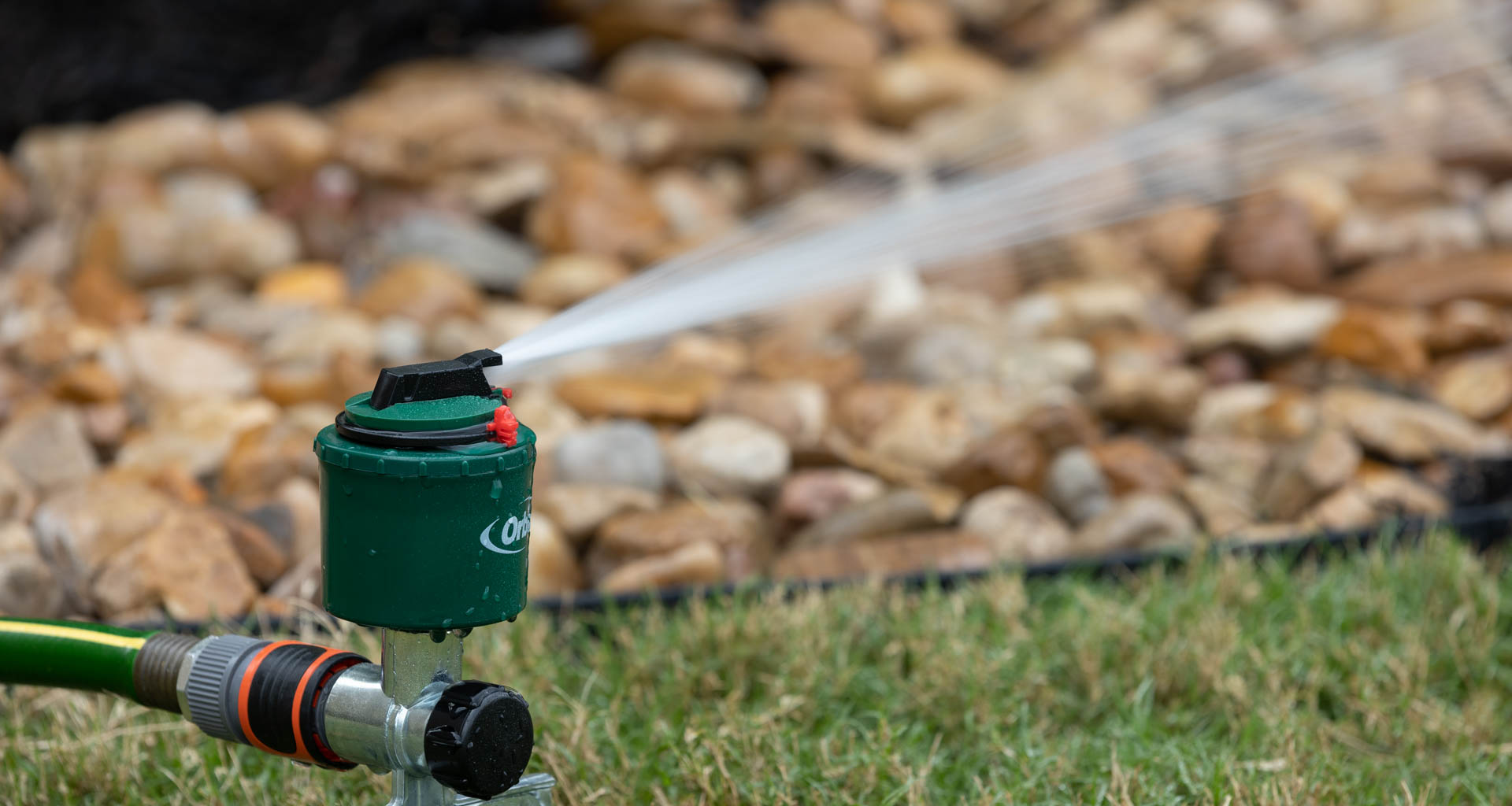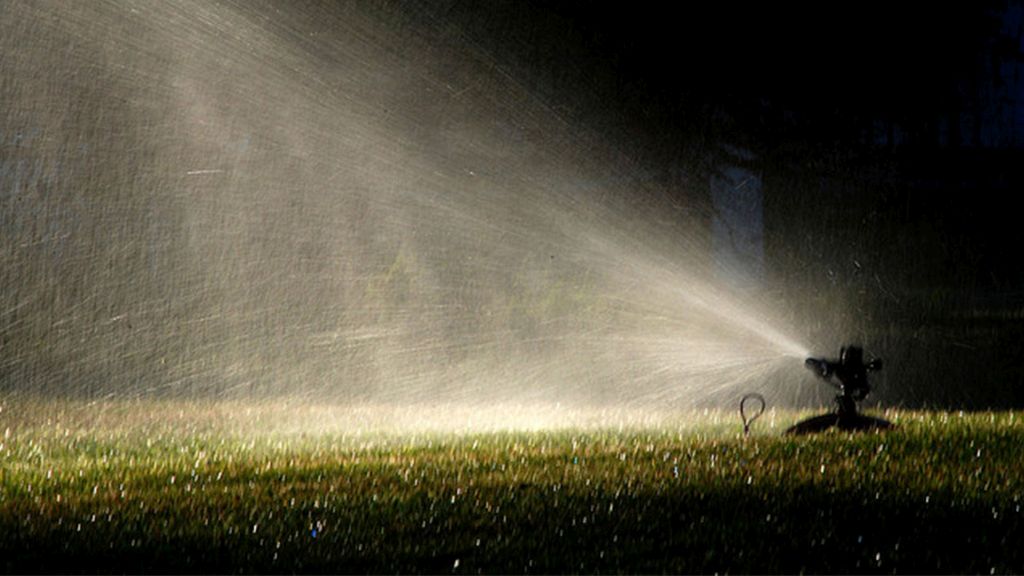A lush, green lawn doesn’t happen by accident. Whether you’re a homeowner taking pride in your yard, a gardening enthusiast perfecting every square inch, or a landscaper working on a masterpiece, watering your lawn effectively is key. One of the easiest ways to achieve consistent watering is by investing in the right sprinkler system. But with so many options on the market, how do you find the one that best suits both your lawn’s size and your climate?
This guide breaks down the process into manageable steps. By the time you finish reading, you’ll know exactly how to select a system that keeps your lawn healthy while conserving water and saving you time.
Understanding Lawn Sizes and Their Impact on Sprinkler Systems
The size of your lawn is one of the most important factors when choosing a sprinkler system. A small lawn doesn’t require the same setup as sprawling acreage, and choosing the wrong system can lead to uneven watering, wasted water, and higher bills.
For small lawns, fixed spray sprinklers might be your best bet. These sprinklers are stationary and deliver consistent water to specific areas. Ideal for compact, neatly laid-out yards, fixed sprinklers guarantee evenness but are not a great option for covering a lot of ground.
Medium-sized lawns often benefit most from oscillating sprinklers. These systems distribute water in a fan-like motion over a rectangular area, ensuring you water a larger portion of your lawn without any extra effort. They’re budget-friendly and easy to adjust for different lawn widths.
For large lawns or those with irregular shapes, rotary or impact sprinklers work wonders. Their rotating motion allows for broader coverage, and they’re adjustable to target specific areas. You could also consider an irrigation system for ultimate control, though it comes with a higher upfront cost.
Take measurements before making a purchase. Understanding the square footage you’re working with saves you from buying a system that is either too small or excessively powerful.
Considering Your Climate in Sprinkler System Selection
Climate plays an equally important role in determining the right sprinkler system for your needs. The amount of rainfall, humidity levels, and temperature variations in your area directly affect how much supplemental watering your lawn may require.
If you live in an arid or drought-prone region, water is a precious resource, and every drop counts. Drip irrigation systems are perfect for these climates due to their efficiency. They deliver water directly to the soil and roots, minimizing evaporation and reducing water usage.
For tropical or humid areas where rain is frequent, the challenge lies in preventing overwatering. Smart irrigation systems that include rain sensors can be a game-changer. These systems automatically pause watering when they detect rain, ensuring your lawn isn’t drenched unnecessarily.
Those living in temperate or four-season climates need flexibility. Choose a system with programmable features so you can adjust water scheduling based on seasonal changes. For instance, you can increase watering in the summer months and reduce it during cooler seasons when the lawn naturally retains more moisture.
Understanding your climate ahead of time helps you choose a sprinkler system that meets your environmental and ecological needs.

Exploring Types of Sprinkler Systems
Different sprinkler systems serve different purposes. Here’s an overview of the main types to help you decide which one aligns with your lawn size and climate:
Fixed Spray Sprinklers
Ideal for small, flat lawns, these stationary sprinklers provide precise watering to specific areas. They’re great for flower beds and areas with uniform greenery but are less effective for larger or uneven spaces.
Oscillating Sprinklers
These are a go-to option for medium-sized lawns. Their back-and-forth motion evenly distributes water in a rectangular area, making them an affordable and easy-to-use choice for general lawns.
Rotary and Impact Sprinklers
Known for their versatility and wide area coverage, rotary and impact sprinklers can accommodate lawns of various sizes and shapes. They rotate in circular patterns and often have adjustable settings, which is handy for large lawns.
Drip Irrigation Systems
These systems focus on efficiency, delivering water directly to the soil through tubing. They’re ideal for regions with water restrictions or for targeted watering around plant beds and shrubs.
Smart Irrigation Systems
These tech-savvy options allow for automated watering schedules, often connected to weather forecasts. They’re great for climates with unpredictable rainfall or seasonal shifts.
Consider both your lawn’s layout and your lifestyle when selecting from these options. For example, if you’re always on the go, a programmable or smart system ensures your lawn gets what it needs without demanding your constant attention.
Features to Look for in a Sprinkler System
When investing in a sprinkler system, certain features can elevate your experience and improve water efficiency.
Adjustable nozzles are incredibly useful for managing water flow and direction. They help you adapt the watering pattern to fit your lawn’s unique shape. Built-in timers are another essential feature, enabling you to automate watering and maintain a consistent schedule even when you’re away.
For advanced users, connectivity features are worth exploring. Smart irrigation systems with Wi-Fi capabilities can monitor local weather and make real-time adjustments to watering schedules, ensuring optimal efficiency.
Durability is another major consideration. Look for systems made from high-quality materials like stainless steel or heavy-duty plastics. These materials resist rust and wear, especially if you live in an area with extreme weather.
Lastly, prioritize water-saving systems. Sprinklers that offer drip irrigation, rain sensors, or efficient spray patterns help conserve water and reduce your environmental impact.
Tips for Maintenance and Efficiency
Once you’ve installed the ideal sprinkler system for your lawn, ongoing maintenance ensures its effectiveness.
Regularly inspect sprinkler heads for clogs or leaks. A faulty sprinkler head can disrupt water flow and lead to uneven watering. Clean and repair damaged heads as necessary.
Seasonal adjustments are also vital to maintaining efficiency. For instance, reduce watering frequency during cooler months and increase it during the height of summer. Many smart systems handle this automatically, but manual systems require your input.
Additionally, audit your watering schedule. A common mistake is overwatering, which not only wastes water but also harms your lawn by making it susceptible to disease. Stick to early morning watering when temperatures are lower to maximize absorption.
Enhancing Your Lawn with the Right Sprinkler System

Choosing the right sprinkler system for your lawn’s size and climate isn’t just about convenience; it’s about creating a healthier, more sustainable lawn. By understanding your needs, exploring your options, and taking steps to maintain your system, you can enjoy a greener, more vibrant yard with less effort.
Once selected and installed, the right sprinkler system becomes a long-term investment in your lawn’s beauty and health. Whether you’re a homeowner seeking a picture-perfect yard, a gardening enthusiast cherishing every bloom, or a landscaper aiming to impress clients, the right choice makes all the difference.
Take the first step today by assessing your lawn’s needs and exploring sprinklers that align with your climate. With a little effort now, you’ll reap the rewards of a stunning, thriving lawn all year round.

